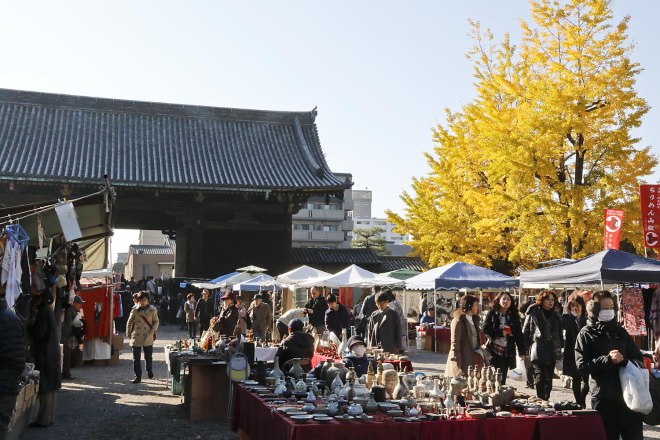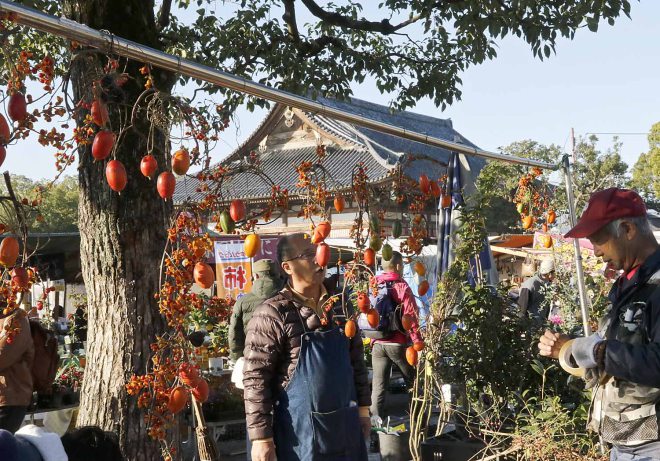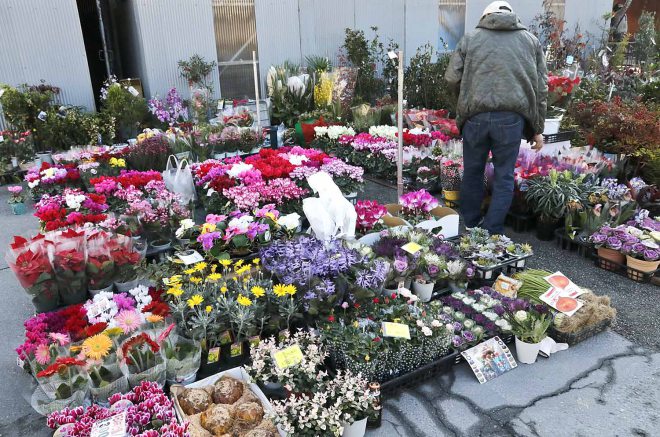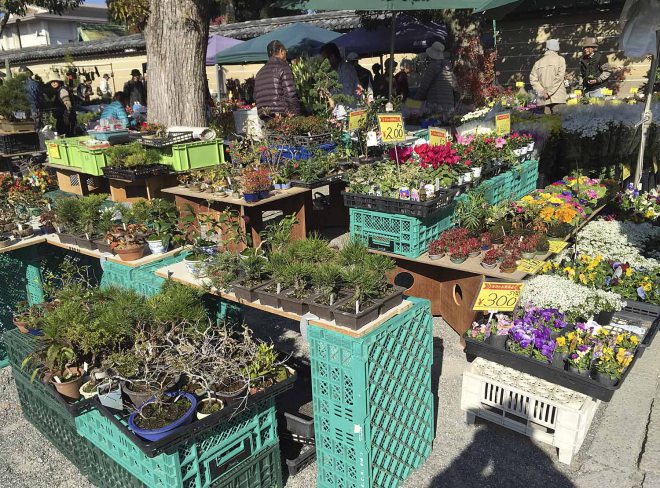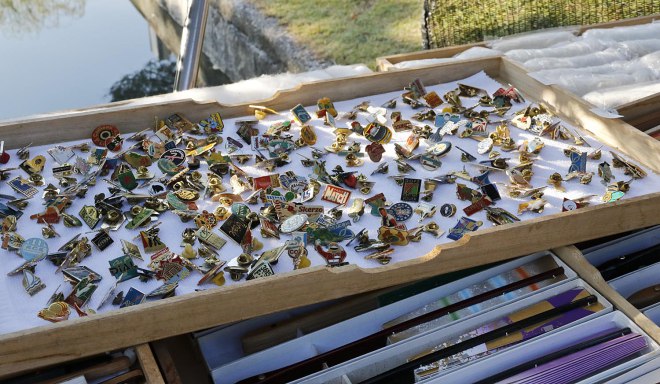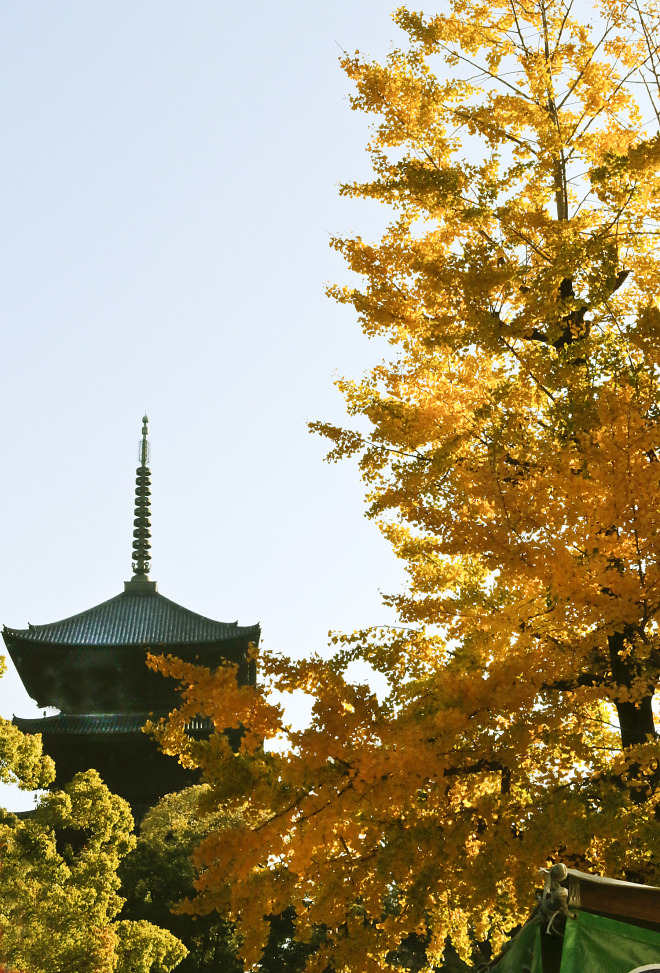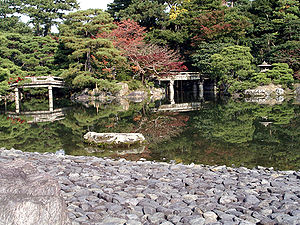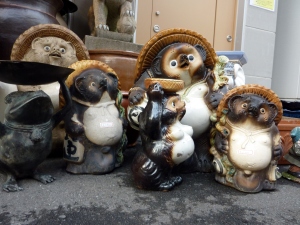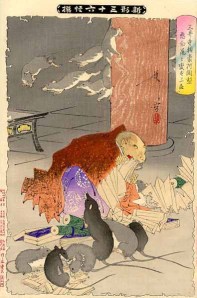Autumn In Kyoto
This morning a few of us visited a large flea market at the Toji Temple, which is near our hotel in Kyoto. We arrived early to avoid crowds, but were met with hoards of people including many foreigners looking and buying. Near the main entrance there was a large area with vendors selling flowers, plants, dried fruit and even bonsai.
It appeared as though anything you wanted could be found here, antiques, clothing (new and old), jeans, car license plates from Washington state, snacks, old books, antique scrolls and inserts, dishes, light bulbs, cutlery, tools, bonsai tables, stones and even pins! Lots of good stuff and we left fully loaded with goodies. We did not visit the snack shops….
34TH JAPAN TAIKAN BONSAI EXHIBITION
Today was the set up and judging for the 34th Japan Taikan Bonsai Exhibition one of the main Japanese exhibitions . Earlier…
View original post 353 more words

